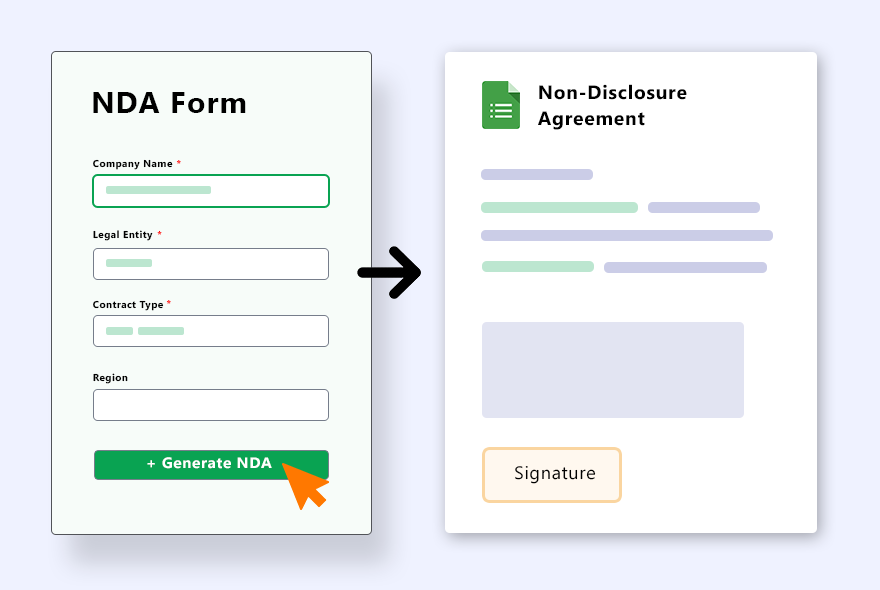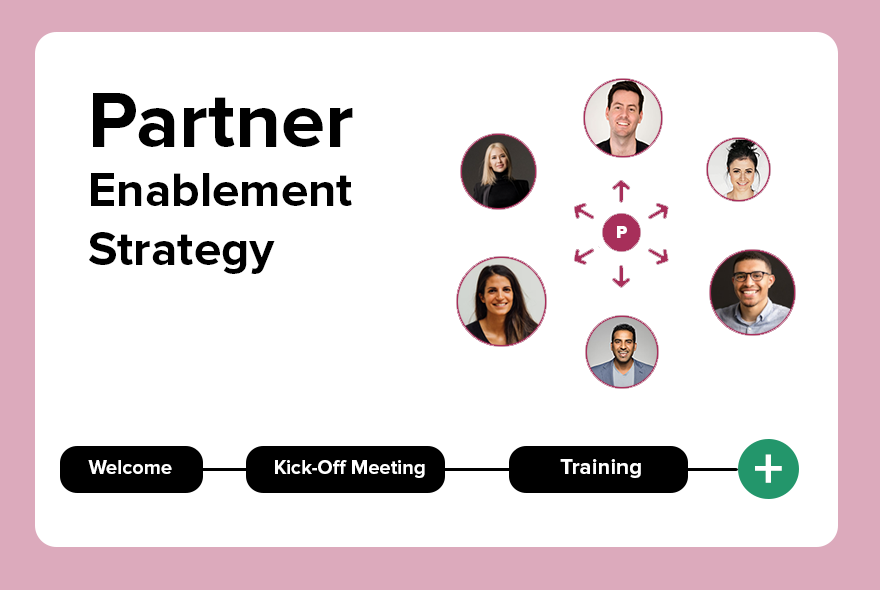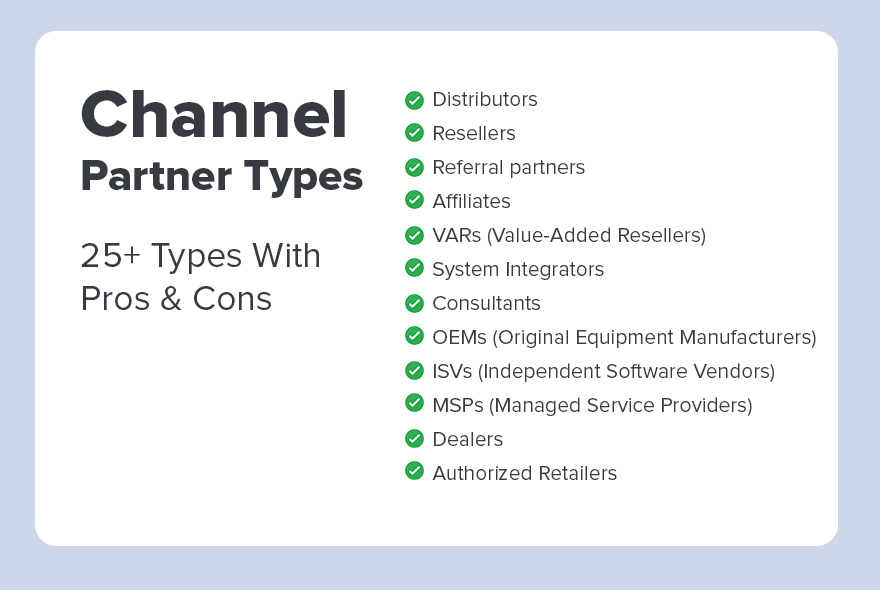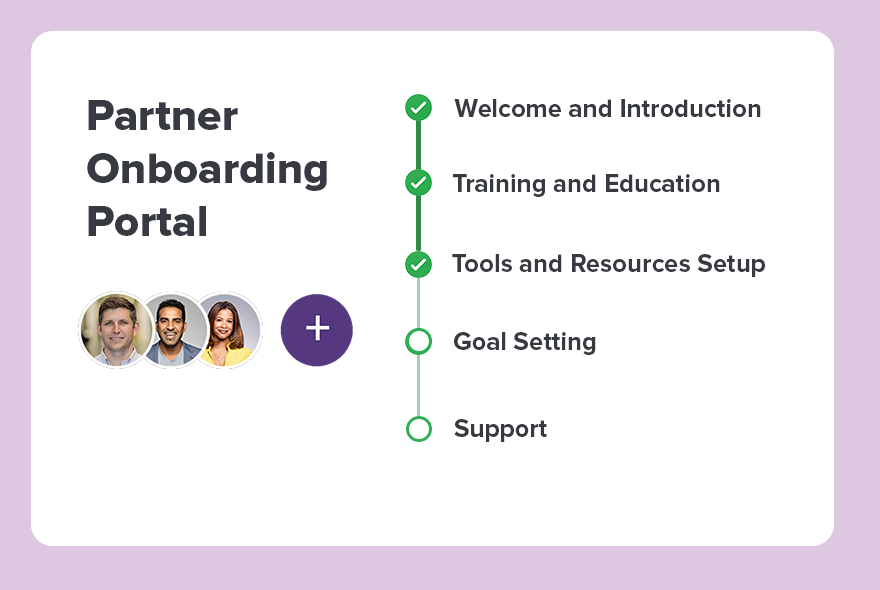What is NDA (Non-Disclosure Agreement)?
A non-disclosure agreement (NDA) is also known as a confidentiality agreement (CA). It is a legally binding document that protects the privacy and distribution of confidential and sensitive information between people or organizations. It is one of the most common contract types and makes up a large number of agreements that will go through the CLM cycle.
An NDA is signed before negotiations begin. It creates a relationship where one or both entities agree not to make information public without consent. Consequences to breaking the agreement always exist; the party responsible could be sued for monetary damages or there may be other legal repercussions.
NDAs are common practice when businesses negotiate with each other but want to protect their own interests. Intellectual property rights are guarded this way. Alternatively, NDAs prevent employees from working with sensitive company information to share that information with others.
NDAs are some of the most common documents being drawn up, and therefore perfect for automation. Learn more about NDA Automation.
Types of NDAs
Three different types of NDAs exist.
The Unilateral Agreement: This type only requires the recipient to commit to confidentiality.
- Use cases:
- Employee onboarding
- Hiring a consultant
- Disclosing information to a marketing/ law company
- Recruiting investors and other financial entities.
The Bilateral Agreement: This type of NDA involves two parties, permits them to disclose information to each other, BUT prohibits both from disclosing confidential information to external parties.
- Use Cases:
- Company mergers
- Company purchases/sales
- Joint business ventures
Multilateral Agreement: Here, three or more parties are involved. At least one party is required to release sensitive information with the other two sworn to confidentiality.
- Use Cases
- Intellectual Property rights: The Agreement on Trade-Related Aspects of Intellectual Property Rights (TRIPS) is an international agreement administered by the World Trade Organization (WTO) that sets down minimum standards for many forms of intellectual property.
- Development: Multilateral agreements can be used to promote economic development, such as the Convention on the Rights of the Child and International Covenant on Economic, Social, and Cultural Rights
- International trade: Multilateral trade agreements are agreements between multiple countries
- Environmental protection: Multilateral environmental agreements (MEAs) are agreements between multiple countries that aim to address environmental issues, such as climate change, biodiversity loss, and ozone depletion.
Two aspects of an NDA:
- Contents of the agreement must be kept secret.
- The recipients cannot use the information for their own use. You don’t want someone you worked with to steal your idea and profit from it.
Why are NDAs important?
Each company operates slightly differently and has a unique value proposition.
To protect their competitive edge, companies utilize NDAs to secure against leaks of sensitive information that could be damaging to the company’s profitability or reputation.
When to use an NDA?
When negotiating terms of any kind, it is important that all parties agree and are on the same page. Having an NDA instills confidence in negotiating procedures. It allows for more open, honest negotiations and builds trust between the parties involved.
Keeping plans a secret:
- Are you presenting a marketing plan or a business idea to a potential investor? Working on a buy-out negotiation or your company and sharing financial information?
Keeping Intellectual Property Private:
- Are you looking for licensing or a buyer for a new technology or a unique feature of a product?
- Receiving any services that require the release of sensitive company information.
Employee Relations and Solicitation:
- Salary negotiations.
- An employee leaving the company may be inclined to take clients with him/her. A clause in their employment contract can be made to interfere with such an action.
- If a recipient of your employees’ services wishes to solicit that person, you may want to put a clause in the contract which disallows them from poaching your staff for a certain period of time.
Non-mutual agreements: In the workplace, an employee working with sensitive company information may be asked to sign an NDA. It is used as a preventative measure to safeguard classified information from being leaked and potentially harming the company. The employee may also sign an NDA which prevents them from disclosing salary negotiations as well.
Disclosure Agreements: There are times when disclosure agreements are necessary, for example, Doctors may ask patients to sign the agreement allowing for the patient’s details to be shared with an insurer.
What role does NDA Automation (CLM) play?
All calls for NDA contracts are directed to the legal department who is usually very busy. NDAs vary in length and go through several re-writes and negotiations. The back-and-forth negotiation process of drafting the contract is lengthy, expensive and usually charged at legal rates. In addition, it can sometimes exacerbate contentious issues and stall negotiations.
Additionally, NDA contracts are a category of “file and forget” agreements. As soon as they are agreed upon, they are put away and never to be referenced again. This can be troublesome especially if a detail is missed. Automating this brings organization and efficiency.
Benefits of NDA management system software
The NDA negotiation process can be simplified and automated. Thus, companies at either side of the negotiation table save time, and therefore money.
Reduce time spent managing NDA and automate repetitive data entry tasks.
Numerous features allow for increased efficiency:
The process of using NDA Automation Software is streamlined and takes much less time compared to the hard copy version.
- With automatic email collaboration, documents are sent and received quickly and email notification alerts notify recipients of newly available drafts.
- The contract user can complete a request electronically, supply all the necessary information and ready their portion of the contract.
- Contract templates prepared by the legal department can then be merged with the already completed pre-generated template.
- Version comparisons and draft changes are prominently displayed. Alterations can be made easily and efficiently thereafter.
- Reminder emails alert Legal if NDAs are ready for viewing and postponements do not go beyond a reasonable time frame.
- The final version of the NDA can then be reviewed and sent for an e-signature.
The DocsCube filing system stores all NDAs in one place where they are easily accessed and referenced as needed.
The NDA Automation software dates the documents and organizes them, helping organizations see which contracts are the most current contracts and which are at risk of lapsing.





